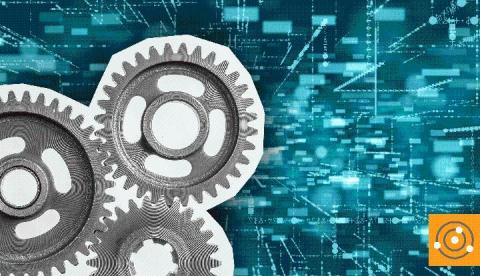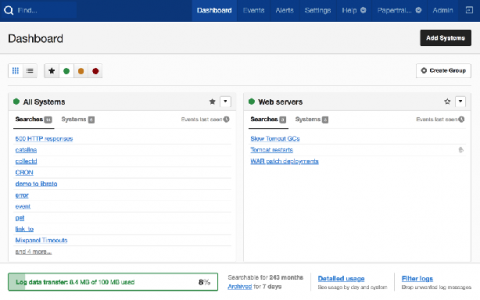IoT Architecture: 3 Things Every IT Professional Should Know
OK, folks. Let’s be real for a moment and acknowledge that everybody, every professional, and definitely every vendor out there is tossing out the phrase “IoT” like flyers on the Las Vegas strip. As an industry, we tend to use IoT to describe a breadth of networked devices, most often headless—those without a user attached—such as cameras, door entry systems, and HVAC controls.



















